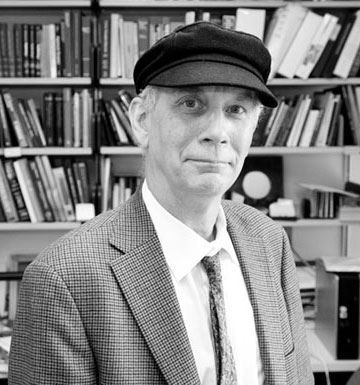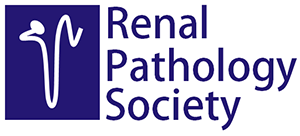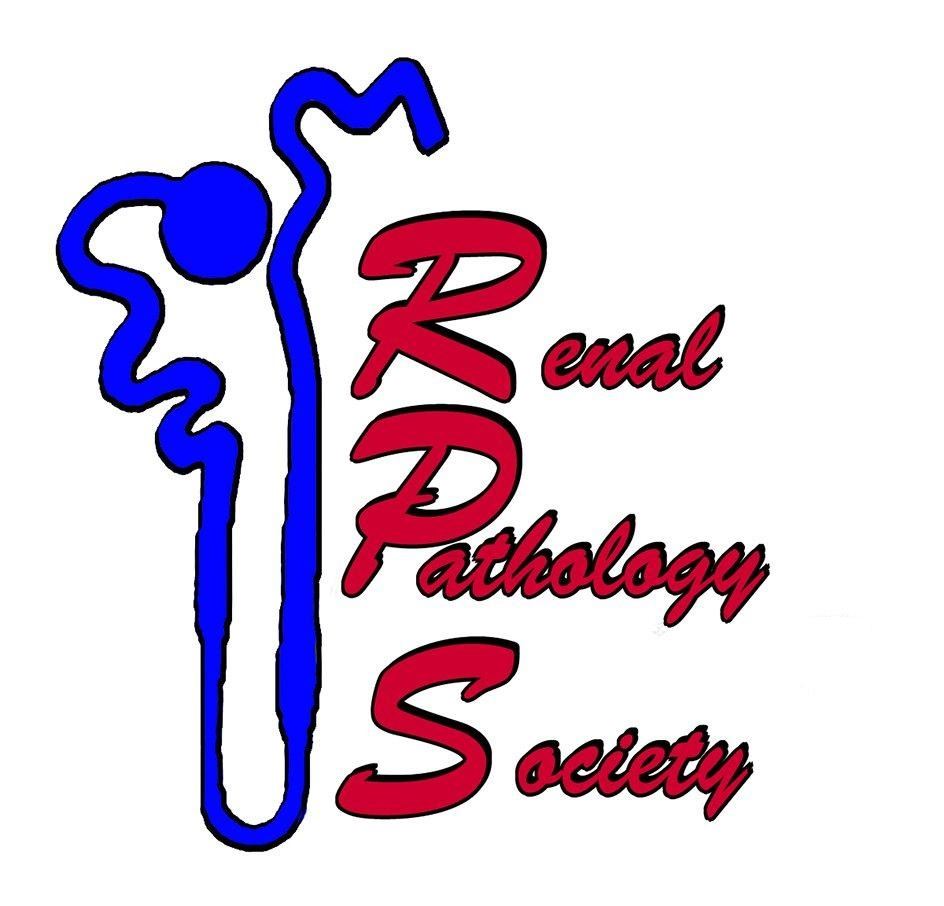History of Banff transplant pathology meetings Kim Solez, M.D. |

Kim Solez, M.D.
The Thirty Year History of the Banff Transplant Pathology Meetings – Kim Solez, M.D.
On December 18th, 1990 I received a letter from Paul Keown telling me that the ISHLT had just published a consensus classification of heart and lung transplant biopsy interpretation and suggesting that we do the same for the kidney. I was enthusiastic from the beginning and so was Lorraine Racusen who said it was the most interesting project I had ever suggested to her. We decided to undertake it together and I began to look around for a location for the meeting.
My wife Elaine had been to conferences at the Banff Centre and suggested that as a venue. On Easter Sunday in April 1991 we happened to be in Banff and on a whim I stopped by the Banff Centre. The office was open despite the holiday because they were running a conference that day and so we began planning the meeting there for the first week of August.
The first meeting was very small. It was interdigitated with a ISN Disaster Relief Task Force meeting which I conducted the same weekend. The people involved in the transplant pathology meeting included Paul Keown, Bryan Myers, Lennie Ramos, Pekka Hayry, Eva von Willebrand, Steen Olsen, Byron Croker, Phil Halloran, Margaret Billingham, Doug Wilson, Lorraine Racusen, and me. You can see a video here (Banff Faces video). From the beginning our classification was very different from the ISHLT heart classification in that we had all stakeholders represented, whereas the ISHLT classification had pathologist authors only.
The main genesis of the idea of the new classification came from the joint observations Steen Olsen and I had made on protocol biopsies. At Steen's hospital protocol biopsies were carried out in every transplant before discharge from the hospital and then often later in the transplant course. The protocol biopsy studies from Aarhus played an important role in our thinking about thresholds for rejection, especially with regard to tubulitis.
The protocol biopsy study, which James Burdick and I conducted at Johns Hopkins began in January 1983 continued until I moved to Canada in 1987. It also was important background for the first meeting.
The articles below reflect these protocol biopsy studies that were an important background and the main motivation for the creation of the Banff schema in 1991:
Transplantation. 1984 Dec;38(6):679-84.
Characteristics of early routine renal allograft biopsies.
Burdick JF, Beschorner WE, Smith WJ, McGraw D, Bender WL, Williams GM, Solez K.
Medicine (Baltimore). 1989 May;68(3):173-87.
Primary acute renal failure ("acute tubular necrosis") in the transplanted kidney: morphology and pathogenesis.
Olsen S, Burdick JF, Keown PA, Wallace AC, Racusen LC, Solez K.
It was clear to us that interstitial inflammation by itself was completely nonspecific and did not constitute rejection unless accompanied by substantial tubulitis beyond a certain threshold or by arteritis. This message of the non-specificity of interstitial infiltrate alone was considered so important in the description of the new classification that the editor of KI insisted that we emphasize this very early in the manuscript ("so it will be seen and understood even by the reader who never gets beyond the first page"). The published paper in 1993 reflected this suggested structure.
One can follow the progress of the meeting through its publications.
https://cybernephrology.ualberta.ca/Banff/2015/MySite/Publication.html
https://banfffoundation.org/publications/
The
1995 meeting focused on making the Banff lesion scoring the same as CADI so
there was no difference between the two assessments. The 1997 meeting
modified the classification so that the concepts of the Banff and the NIH CCTT
classifications were aligned and the two were merged in the 1997 Banff Working
Classification.
In 1991 I had three years of experience in leading the consensus process that a year later resulted in the Final Report of the Future of Pathology and Laboratory Medicine in Canada Consortium, so the consensus generation in the allograft pathology meetings was conducted in a similar fashion.
There was no professional facilitator. In the beginning I did most of the facilitation. In later years Lorraine Racusen, Bob Colvin, and sessions chairs have also played an important role in facilitation.
The other solid organs - liver, pancreas, composite tissue, heart, lung, and intestine - have tended to follow the structure of the kidney consensus process in their own deliberations at the meeting.
I hope this history, further elaborated on in the accompanying video https://youtu.be/UxjiTUpoYFM , is useful to you.
Yours sincerely,
Kim Solez, M.D.
Chair, Banff Foundation for Allograft Pathology
Email: Kim.Solez@UAlberta.ca
Cell phone: 780-710-1644



